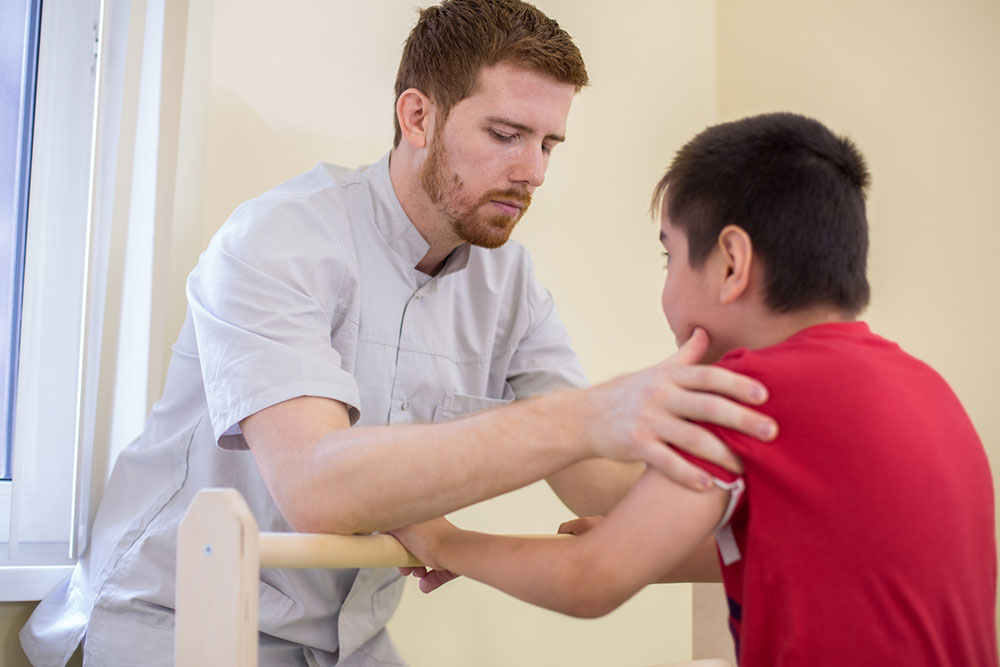Early signs of muscular dystrophy and ways to manage them

Muscular dystrophy is a group of genetic disorders that cause progressive muscle weakening and degeneration. While these conditions can manifest differently, there are several common early warning signs that individuals, parents, and caregivers should be aware of. Detecting these signs early can lead to prompt diagnosis and timely intervention.
Early warning signs of muscular dystrophy
- Muscle weakness
One of the earliest and most prevalent signs of muscular dystrophy is muscle weakness. It typically begins in the hips, pelvic area, thighs, or shoulders. Initially, the weakness may be subtle and attributed to fatigue or normal aging, but it gradually worsens over time. - Difficulty with mobility
Individuals with muscular dystrophy may experience difficulty with mobility, such as getting up from a seated position, climbing stairs, or walking. Children may struggle to keep up with their peers in physical activities. - Frequent falls
Frequent falls, especially in children, can be indicative of muscular dystrophy. Weakness in the leg muscles can cause stumbling or loss of balance, increasing the risk of accidents. - Muscle cramps and pain
Muscle cramps and pain are common early symptoms. These can occur during or after physical activity and may be mistaken for ordinary muscle discomfort. - Delayed motor milestones
In children, delayed motor milestones, such as crawling, walking, or standing, can be an early sign. Parents should monitor their child’s development and consult a healthcare professional if they notice significant delays. - Progressive muscle wasting
Over time, muscular dystrophy leads to progressive muscle wasting, resulting in a noticeable loss of muscle mass and strength. This may become more apparent as the disease advances.
Muscular dystrophy treatment options
Although there might be no current cure for muscular dystrophy , various treatment options can help manage symptoms, slow down disease progression, and improve the quality of life for affected individuals. The choice of treatment depends on the specific type of muscular dystrophy and the individual’s needs.
- Physical therapy
Physical therapy is a cornerstone of muscular dystrophy treatment. Therapists can develop personalized exercise regimens to improve mobility, strength, and flexibility. This can enhance overall function and help individuals adapt to changing physical abilities. - Assistive devices
Assistive devices such as braces, wheelchairs, and mobility aids can provide much-needed support and independence. These devices help individuals with muscular dystrophy maintain their mobility and perform daily activities. - Oral interventions
In some cases, oral interventions may be prescribed to help manage symptoms and slow down muscle degeneration. These should be used under the supervision of a licensed expert, as there could be potential side effects. - Gene therapy and research
Research into gene therapy and emerging treatments for muscular dystrophy is ongoing. These innovative therapies aim to correct the genetic mutations responsible for the condition and hold promise for the future.
Early recognition of the warning signs of muscular dystrophy is crucial for timely intervention and improved outcomes. While there is no cure, a combination of physical therapy, assistive devices, treatment options, and ongoing research offers hope for individuals with muscular dystrophy. Consulting with healthcare professionals and specialists is essential to developing a comprehensive treatment plan tailored to the individual’s specific needs, enhancing their quality of life and mobility.

